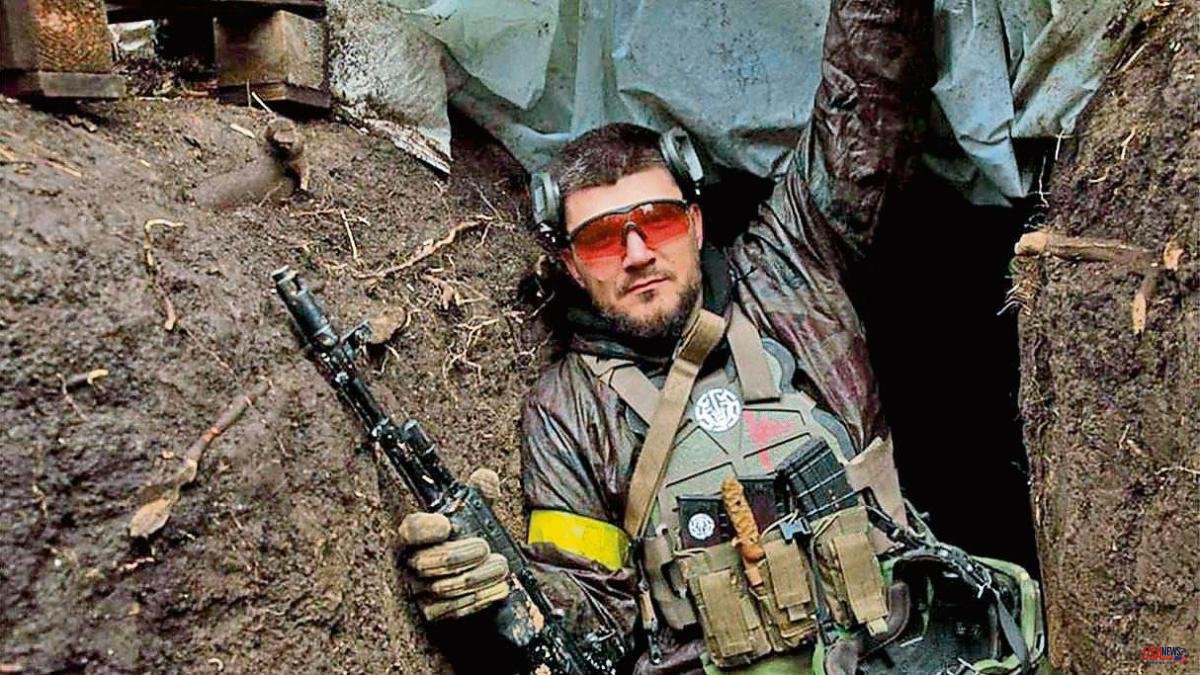If there's one thing the incursion into Russia's Belgorod region has shown, it's the porosity of a border that's supposed to be tightly guarded, especially if it's true, as the Kyiv Post reported, that pro-Ukrainian Russian commandos stormed in with two tanks , an armored personnel carrier and nine other vehicles.
The troops defending Ukraine include foreigners in the International Legion (with a long history of conflict), while anti-Putin Chechens, Georgians and Belarusians have their own units. Two groups of Russians are known, the Russian Volunteer Corps (CVR) and the Russian Liberation Legion (LLR). This would have already been formed in March 2022, as soon as the invasion had begun, and the first, in the summer. According to some sources, both signed the so-called Irpin Declaration on August 4, so they allied themselves with a semi-unknown group inside Russia called the National Republican Army (NRA), of which he acts as a spokesman former Russian parliamentarian Ilya Ponomariov, exiled in Ukraine. That August, Ponomariov claimed for ENR the murder in Moscow of Daria Dugin, daughter of the ideologue Aleksandr Dugin.
This conglomerate lends meaning to the claim of these groups (notorious in a video released by the LLR) that they are fighting to rid Russia of Putin, which makes them very likely to be under the supervision of Ukrainian intelligence . The LLR is endorsed by the former vice-president of the Russian bank Gazprombank, Ígor Volobúiev.
Thus, after the brief and limited (albeit bloody, with two dead and three wounded, including a child) raid on March 2 in two villages in the Bryansk region, the leader of the CVR, Denís Kapustin, went tell the Financial Times that the operation was agreed with the Ukrainian authorities, otherwise they would not even have been able to cross the border.
Kapustin, who uses the name Denis Nikitin and the nickname Rex for his clothing brand, White Rex, is a well-known member of the international far-right galaxy, connected to neo-Nazis in central Europe and supremacists in the United States. Having emigrated to Germany, he arrived in Ukraine, where before the war he organized mixed martial arts fights and became associated with the ultra Azov Battalion. Moscow considers it to be involved in an assassination attempt on Russian oligarch Konstantin Malofeyev on behalf of Ukraine and a sabotage in Volgograd in August 2022. Another notorious member of the CVR is Aleksei Levkin, with a Telegram channel full of esoteric Nazi symbology.
Would these data give arguments to Putin's old speech of de-Nazification of Ukraine? Leaving aside the presence of Russian neo-Nazis in the rebel ranks of the Donbass already in 2014 and the very origin of the Wagner Group – with its commander Dmitri Utkin, an admirer of the Third Reich – this is how we got to this point.













